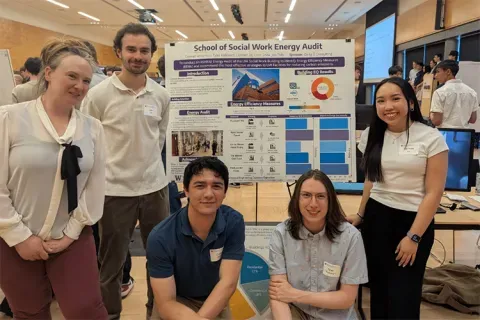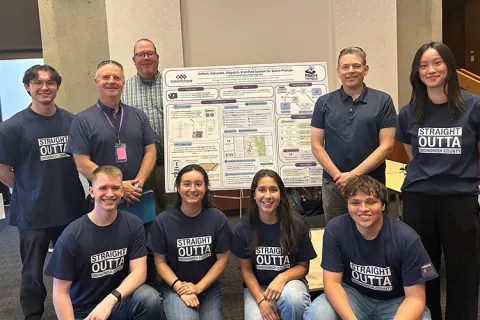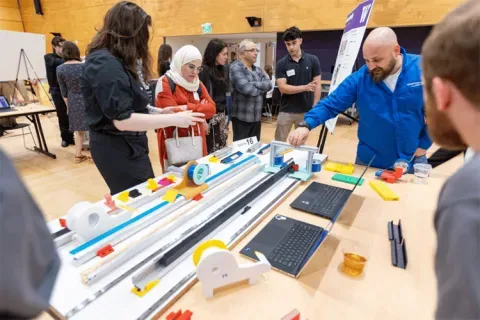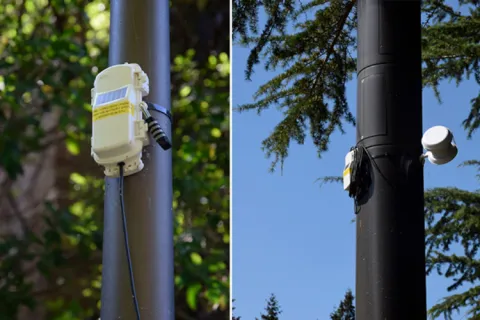Beacon Hill Community Council
Community Capstones in Clean Energy: Cooling Center Assessment for Beacon Hill
COMMUNITY DESCRIPTION: Beacon Hill is a diverse urban community in Seattle where 70% of the residents identify as black, indigenous, multi-racial, or persons of color; 10% identify as Hispanic/Latinx. A majority of the community speaks a language other than English. Major ground and air transportation corridors border the neighborhood, resulting in disproportionate burden from fossil emissions and noise. Beacon Hill also has low tree canopy cover, making the neighborhood an urban heat island especially vulnerable to increasingly frequent extreme heat events being experienced in the pacific northwest. –––––––––––––––––––––––––––––––––––––––––––––––––––––––––––––––––––––––––––––– PROJECT DESCRIPTION: The Beacon Hill Council has identified several possible locations for community cooling centers that are accessible to their most vulnerable populations during extreme heat events, and days with unsafe air quality. One or more of these sites, based on community input and preliminary technoeconomic analysis, will be evaluated for current energy use patterns and the site’s technical and economic potential for on-site solar energy and energy system upgrades to deliver needed cooling and air-filtering at an affordable electricity cost. The addition of energy storage will be used to assess the added cost to provide resiliency to outages. Project timeline and deliverables will include, at a minimum: • January, 2025: Working with Beacon Hill Council leadership, establish criteria for a community cooling and air quality center, identify several possible sites for preliminary analysis of their technical and economic potential. • February, 2025: Site(s) selection and acquisition of meter data. • March, 2025: Mutually-agreed upon statement of work and baseline data set for analysis. • Spring Quarter, 2025: Carry out statement of work activities tied to understanding annual energy needs and the impact of system upgrades to achieve needed cooling and air quality during extreme weather and smoke events. Energy system analysis may include the technical and economic implications of adding solar energy to reduce the burden of energy costs during extreme weather, adding energy storage to enable ride-through during power outages (which are more likely in extreme weather and forest fire season), and HVAC system upgrades. • May/June, 2025: Final technical report and presentation.
Faculty Adviser(s)
Daniel Schwartz, Chemical Engineering
Related News

Mon, 10/13/2025 | UW Mechanical Engineering
Capstone collaboration leads to award
An ME capstone team received first place for its energy audit of the UW School of Social Work building.

Thu, 07/17/2025
UW engineering students develop smart ballot solution
UW engineering students develop smart technology solution to improve ballot collection for Snohomish County.

Mon, 07/07/2025 | UW Mechanical Engineering
Capstone creations
Students displayed innovative capstone design projects at the 2025 expo.

Fri, 09/20/2024 | UW Civil & Environmental Engineering
Smarter irrigation for a greener UW
A new project combines satellite data with ground sensors to conserve water and create a more sustainable campus environment.